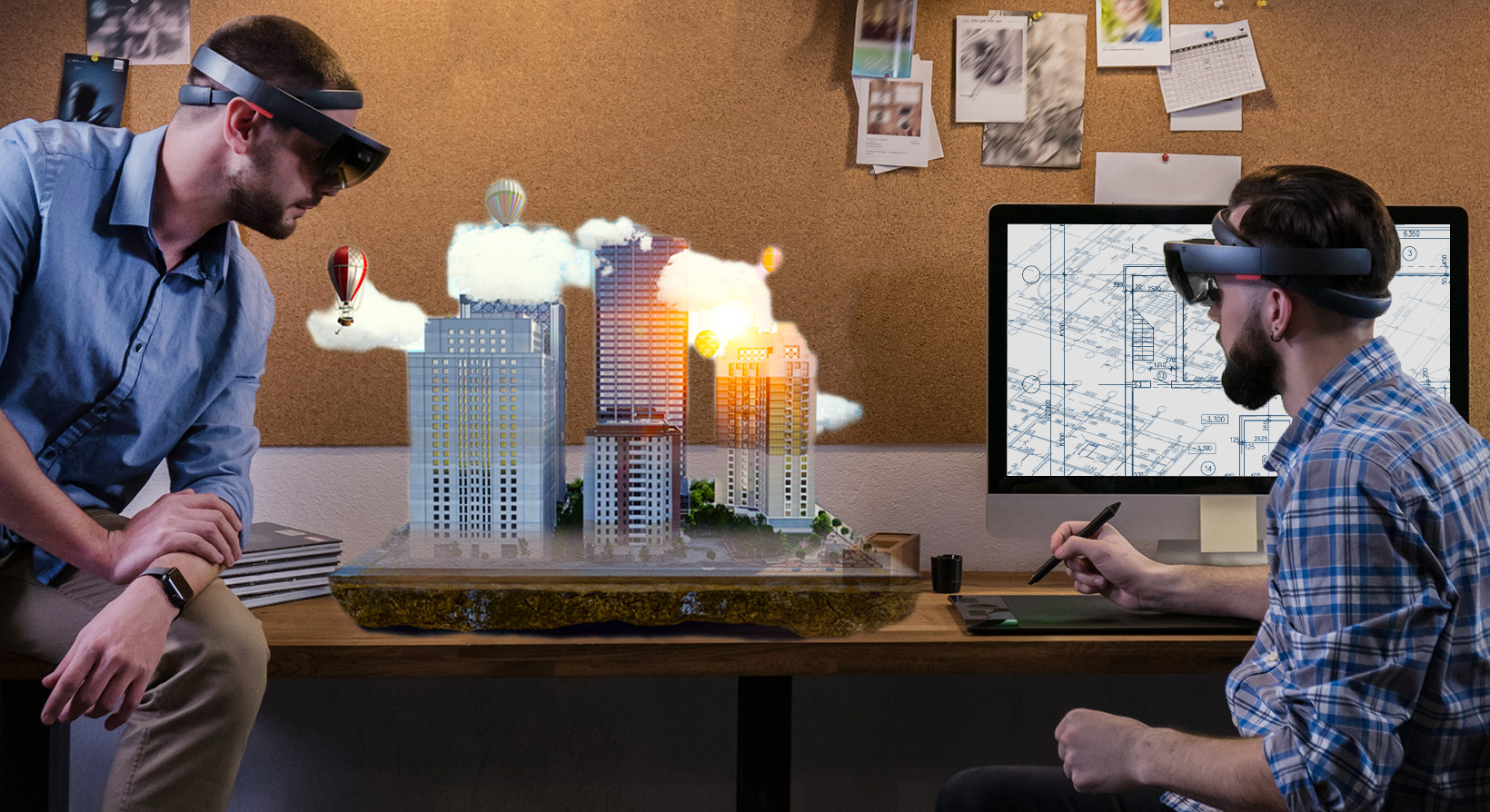
5 Ways Mixed Reality Can Reshape Urban Planning
Civil engineers, architects, and other urban planning professionals face mounting challenges as cities around the world experience the strain of growing population and aging infrastructure. As we build the metropolitan centres of the future, we need to avail ourselves of cutting edge technology – such as Mixed Reality – today knowing it will be industry standard tomorrow.
Like many terms in the Virtuality world, Mixed Reality is still being defined. Alternatively, you may refer to it as Extended Reality, but whether you use MR or XR in your shorthand, the generally accepted definition is the insertion of lifelike 3D imagery into our existing reality.
What, specifically, does this technology have to offer the world of urban planning? Some benefits are not as obvious as others, so it’s worth looking at the top five.
1. Amazingly Accurate Models
As an architect or designer there may be no more satisfying moment than seeing the look on a client’s face when you unveil your latest masterpiece. MR can achieve this like no model or rendering ever created. Although the illustration above depicts a virtual replacement of a traditional model, MR can also be applied in real time, on site, like the urban building addition example in our recent Virtuality for Real Estate post.
2. Turn Substrates Inside Out
Proposing repair and redesign of underground sewer, power, and other hidden systems is, at best, tricky to visualize. Imagine walking through a major thoroughfare with MR glasses that present a cross section of a relevant street or structure. As an engineer or contractor, you would be able to demonstrate your proposed work much more realistically to whomever you need to sign off on the project.
3. Visit Construction Sites Safely
When a project is under construction, a trip to the top of a half-constructed highrise may be desirable to illustrate your progress or highlight an issue that needs attention. But safety issues can make those tours a liability pretty quickly. MR means there is no need to put stakeholders at risk or interrupt workers to present status reports.
4. Minimize Contact with Hazards
Somewhat related to the item above, some urban maintenance and repair involves handling of hazardous materials. Engineers may be asked to provide solutions to faulty gas lines or high voltage cables. When municipal authorities need to be in the loop, but you only want trained professionals on-site, MR can bridge the gap with no liability.
5. Portable Presentations and Demos
Are some of the stakeholders in your project located outside the region? Perhaps you need input from a team member located in another country. A MR presentation can be transmitted and viewed anywhere in the world. Imagine how quickly you can cut through red tape when you can get information and visuals to the right people, regardless of where they are or when they’re free to meet.
Stambol Studios has the expertise and experience to help you incorporate Mixed Reality into your business, more quickly and cost effectively than you might imagine. Ask us how today.


